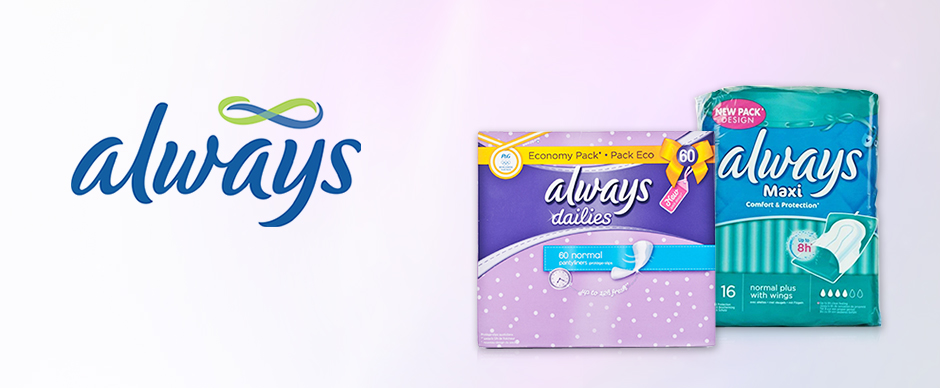
Your Period - Menstruation
Menstruation - your Period. It's a rite of passage. The miracle that allows you to create life, and it's what makes you a woman.
This section helps you understand periods from a physical, emotional and social aspect. Specifically, we present here the biology, management and alleviation of some of the more aggravating symptoms.
Menstruation - your period - is just one part of a larger menstrual cycle. As women grow older and become reproductively mature, we all develop a menstrual cycle. During this cycle, your uterus will prepare to house a fertilised egg. If the egg is not fertilized and you are not pregnant, then the lining is not needed and is shed. It is this shedding of the uterine lining that is called your period. This cycle repeats itself month after month until you reach menopause, the natural end of menstruation, in your late 40s or early 50s.
The process is an intricate one, controlled by the brain and a complex, hormone-signaling system. Although menstrual cycles can vary in length, the number of days between ovulation and your menstrual period is consistent - approximately 14 days (11 to 16 is the normal variation). For example, if your typical cycle length is 31 days, then the first half of the cycle is 16 days and ovulation occurs on the 17th day.
In the final stages of puberty, young women reach physical, emotional and sexual maturity. They grow to their full height, breasts reach their full size and a regular pattern of menstruation develops. Yet the menstrual period is only one part of the cycle. Read on for an overview of the specific phases of menstruation.

